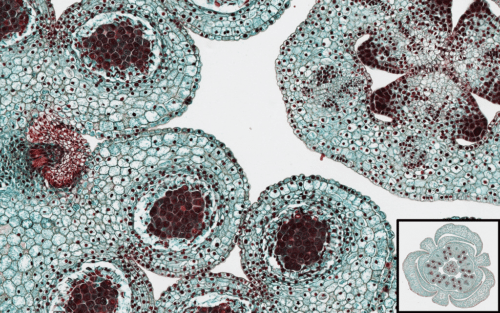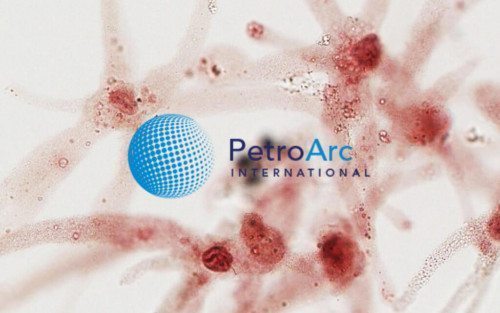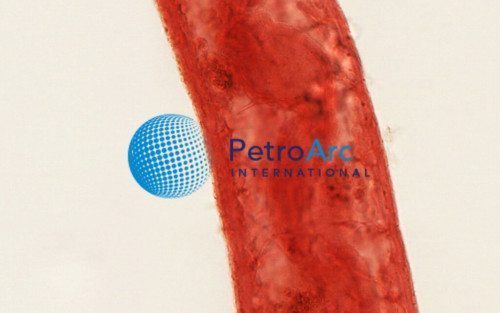HUMA-003 | Slides maybe purchase individually or as custom collections. If you wish to purchase 25 or more virtual slides, discounts will be automatically applied according to incremental package sets of 25, 50, 100, 200, or unlimited.
Simple Squamous Epithelium, 400X
Product Description
In anatomy, squamous epithelium (squama- + -ous) is that surface whose outermost (apical) layer consists of thin, flat cells called squamous epithelial cells. The epithelium may be composed of one layer of cells, in which case it is referred to as simple squamous epithelium, or it may possess multiple layers, referred to then as stratified squamous epithelium. Squamous epithelial cells have a polygonal appearance when viewed from above. Squamous epithelial tissue regenerates readily; it turns over (replaces old cells with new ones) every few weeks. The cells of the basal reserve only divide while replacing cells directly above themselves. The cells that are produced by the basal layer are called parabasal transit amplifying (TA) cells. The TA cells have ‘committed’ to cellular differentiation, and will not revert to basal reserve cells. The TA cells divide daily for up to 80 cell divisions and then they discontinue differentiation. Each time a TA cell divides, it does so in an asymmetrical fashion, with one daughter cell remaining in the TA layer while the other migrates upward, leaving the cell cycle. This final differentiation results in the formation of spinous cells. Spinous cells make up the thickest layer of epithelial tissues. In the case of cutaneous skin, the spinous cells develop into granulocytes. These then become superficial cells, programmed for death, and are sloughed off as cornified envelopes.






